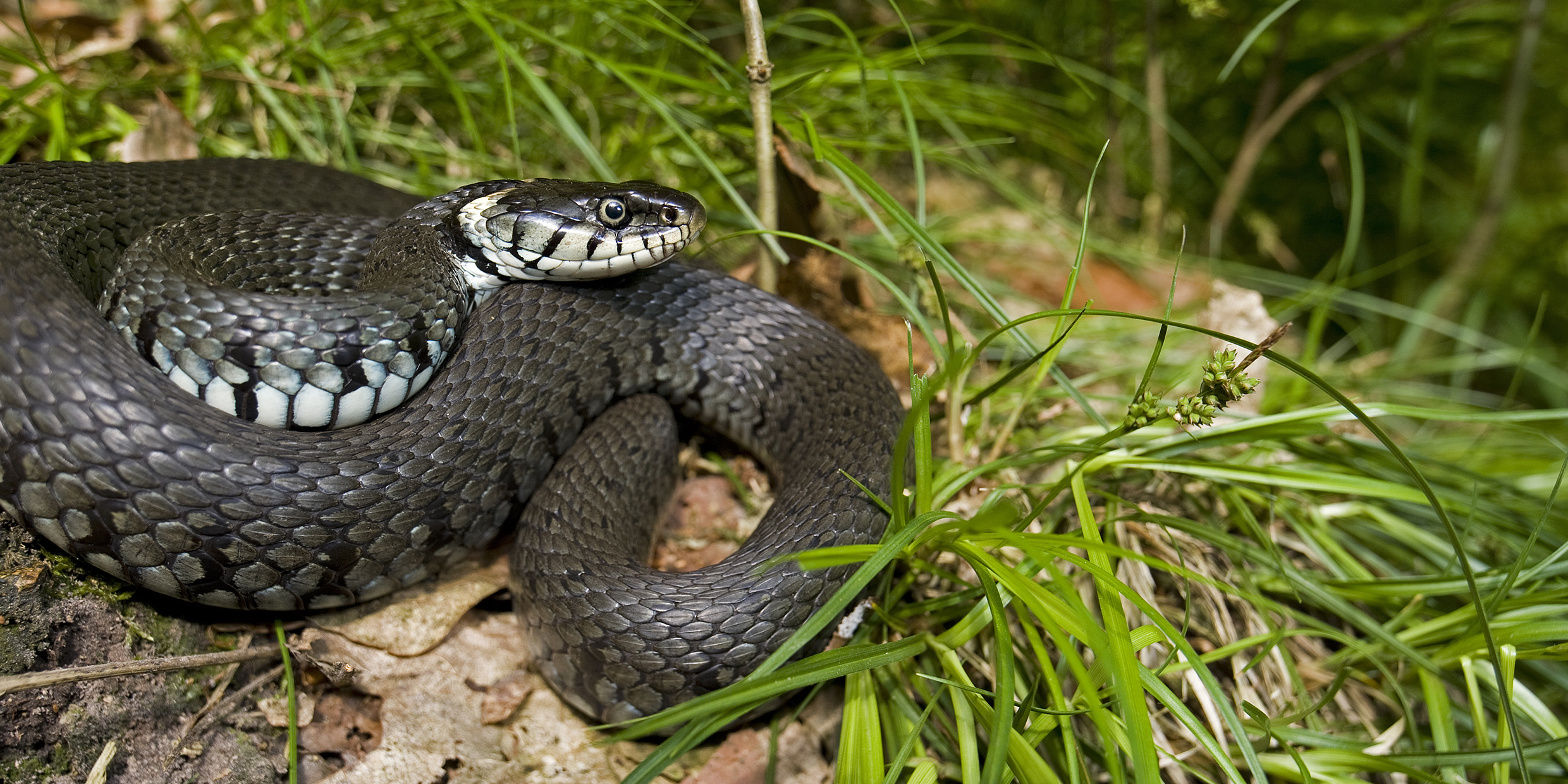Originally published 17 March 1986
In this space a year ago on Saint Patrick’s Day I wrote a little natural history of the shamrock. In that piece I said there was no evidence to suggest that Saint Patrick ever used the semi-mythical three-petaled plant to illustrate a lesson on the Trinity.
On this Saint Patrick’s Day let me wade again into the murky waters of Irish hagiography and natural history. It’s snakes that I will take up this time, and the hoary myth that it was Patrick who drove them from the Emerald Isle.
Saint Patrick’s achievements were many and real, but driving snakes out of Ireland was not one of them. Ireland was free of snakes long before Patrick arrived on those shores in the fifth century. Several pre-Patrick writers mention the fact that Ireland is free of reptiles. Solinus, writing in the third century, describes Ireland as a place well-noted for its snakelessness. The historian Bede, writing in the eighth century, confirms the curious absence of reptiles on Irish soil, and makes no mention of Patrick.
Bede tells us that when snakes were transported to Ireland on ships, they invariably expired when the ship reached the mid-point of the Irish Sea — exterminated, presumably, by their first whiff of Irish air. Bede also claims that people in Britain suffering from the bite of vipers could be cured by drinking water in which the scrapings of Irish books had been steeped.
None of the early biographers of Patrick mention the episode of the snakes. But if not Patrick, then who? Or what?
Held back by the sea
The answer is both topological and climatological. During the most recent ice age, the flora and fauna of the British Isles were pushed south by the advancing glaciers and cold. Then, about 10,000 years ago, when the ice caps on the northern continents began to recede, the plants and animals came creeping back, first to Britain, and then to Ireland.
For a time, when great quantities of sea water were still piled up on the continents in the form of ice, Britain and Ireland were connected to the rest of Europe by dry land. Across these natural bridges the creatures moved. But as the ice continued to melt, the level of the seas rose, and the lowest lying parts of the European continent were flooded. Britain and Ireland became islands.
The snake, deliberate creature that it is, made its way successfully from France to Britain while the present channel was still dry, but its migration further west was cut short by the rising waters of the Irish Sea. The quicker lizard established itself as the only reptile on Irish soil.
So Patrick did not drive the snakes from Ireland; the ice drove them out, and the water kept them out. But the mystery is not fully resolved. It has been 10,000 years since the end of the last ice age, and it seems surprising that in all of that time snakes have not somehow managed to reestablish themselves in Ireland.
In the part of Ireland I know best — County Kerry — there are several curious creatures, the Natterjack toad and the Kerry spotted slug, that exist nowhere else in Europe other Portugal and Spain. Clearly the migration of the Natterjack toad and the Kerry spotted slug short-circuited the usual path of land migration. These two Iberian interlopers probably made it to Kerry in the hold of some smuggler’s ship, hidden in the straw that cradled flagons of port or sherry.
Zoologists have debated whether there is some property of the Irish climate or soil that has prevented the successful re-entry of snakes into Ireland. As far as I know the issue is unresolved.
Six ‘rale live sarpints’
The Irish naturalist Robert Lloyd Praeger tells of a test of the compatibility of snakes and the Irish environment that had a curious outcome. In 1831 a snake was found at Milecross in County Down. The creature was pronounced a bonafide reptile by the experts. The idea of a “rale live sarpint” having been found so near to Saint Patrick’s burial place created a sensation among the country people. One clergyman preached a sermon citing the snake as a portent of the coming Millennium. Many folk were convinced that the end of the world was at hand.
It turned out that the unfortunate reptile was one of half-a-dozen harmless English garden snakes that had been purchased in Covent Garden Market in London by a gentleman who wished to see how and why the Irish environment was destructive to snakes. He turned the reptiles loose into his garden near Milecross and they promptly escaped into the countryside. Four were eventually killed.
The fate of the other two snakes of Milecross was never determined. They did not, it can be confidently asserted, manage to establish themselves as permanent residents of Ireland. Whether the reason was bad luck, some inclement quality of the Irish climate or soil, or the baneful effects of Patrick’s supposed malediction, I will leave for you to decide.



